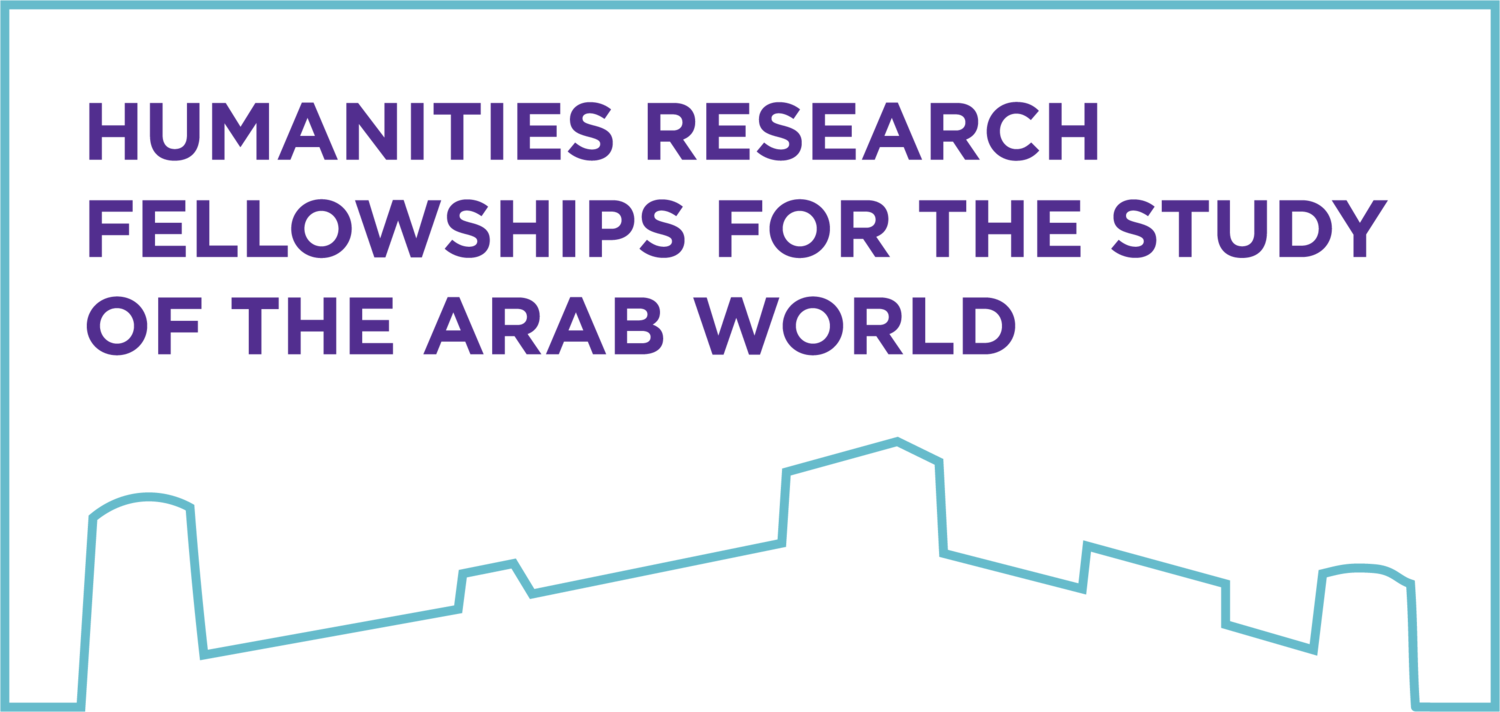The Great Nafūd desert and its capital Ḥāʾil in northern Arabia are fertile ground for oral poetry and narratives of the Bedouin and oasis-dwellers. Ḥāʾil, was the seat of the Ibn Rashīd dynasty: the dominant power in the second half of the 19th century. Their court resembles pre-Islamic tribal Arab courts; and the poetry is quite similar to Arab desert poetry of the period 500-800. This emirate is well known from the work of scholars and travelers: Charles Doughty, Gertrude Bell, Alois Musil, Wallin, Burckhardt, Lady Ann Blunt and others. But even today Arab oral sources are not readily accessible for scholars. Without this wealth of information, the picture is far from complete.
The work of the three poets chosen for my research is in the anecdotal style of the huge 10th century Book of Songs. Generally, a poem is connected to a story. These abound with information on tribal customs and law, and on political, social and economic conditions. It is always entertaining, full of jest, poetic dueling, and daring amorous adventures. Even the porcupine makes an unexpected appearance.
Further north, in Sakaka, I finished years of preparatory work with Hiṣṣa Hilāl: winner of Abu Dhabi’s Million’s Poet competition in 2013; author of a book on divorce as a theme in poetry; and the subject of the acclaimed documentary The Poetess. She was a guest in two episodes of my tv series on Bedouin poetry: one of them a poetess who describes driving trucks through the Empty Quarter in the 1950’s. The translation of about 120 poems will include poems by Ḥiṣṣa: today’s Bedouin poetess.
Speakers
Marcel Kurpershoek, Senior Humanities Research Fellow, NYUAD
